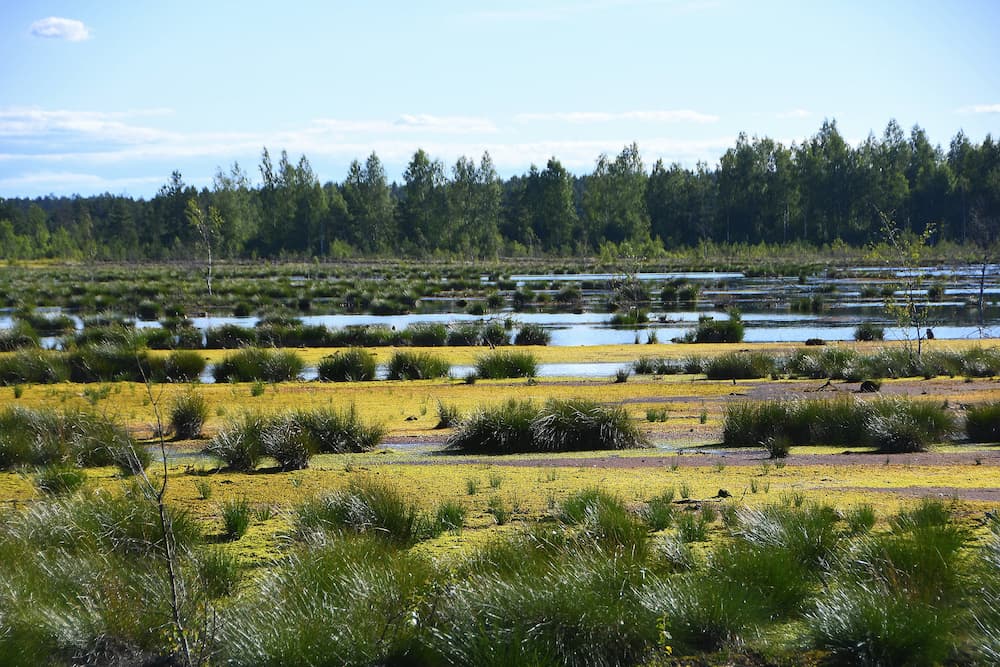Peat extraction is under increasing scrutiny due to misleading information of its environmental footprint. Looking on sustainability point, peat sector is here not the enemy, rather a solution to the climate issues – the industry is committed to innovation, environmental responsible production and the careful balancing of economic needs with environmental concerns.
The life cycle of peat begins with extraction and ends with fresh plant-based food on our plate. From the environmental perspective, only the impacts of extraction are considered, while the climate benefits gained from plant-based food and urban greenery are totally forgotten.
For a long time, the sector was an invisible supplier of raw materials for plant cultivation. Today we are shining a spotlight on a critical yet often overlooked sector at the intersection of climate, food industry, biodiversity, and rural economies: the peat industry.
As the world’s eyes focus ever more intently on sustainability and responsible resource use, peat producers stand at a crossroads. The choices made here will ripple through urban landscapes, economies and dinner tables for years to come.
In Estonia industry employs more than 2 000 people. Mainly in the peripheral areas of Estonia, away from urban centres with wages higher than general average. For every ton produced the state receives 28 euros as taxes.
Our panel unites experienced leaders and thinkers from across the peat value chain – from producers to users. Over its entire life cycle, 1 cubic meter of harvested peat impacts 72 people of various related industries. They are here not only to share hard-won insights, but in addition to grapple with what it means to be a producer at a time when the ground is shifting beneath our feet rapidly without any long-term certainty in government policies — literally and figuratively.
But today, the very future of European horticulture and food security is hanging by a thread.
Uncontrollable and increasingly extreme weather conditions — relentless rains, record droughts, shrinking windows for harvest — have rendered peat extraction and the production of essential substrates nearly impossible in main regions of production. The consequences are already visible: supply chains stretched to the breaking point, and professional growers facing the terrifying prospect of empty greenhouses and lost harvests.
Estonia covers 10 percent of Europe’s peat substrate demand, the main supplier for Europe Baltic region covers 30 percent. Horticulture sector turnover in the EU is 72 billion euros.
This isn’t just a challenge for the peat sector; it’s an existential threat to our food security and strategic resilience. If growers cannot access the substrates they need, where will the vegetables, fruits, and young plants that feed our continent come from?
What is the true cost of Europe’s future plate — from farm to table — if the backbone of our controlled-environment agriculture is allowed to collapse?
90 percent of global, including European horticulture, is based on peat substrates.
While we urgently pursue sustainable alternatives, the reality is clear: for now, peat remains the cornerstone of reliable food production in Europe. Without it our ability to feed our population — with safe, affordable, high-quality food — is on the line.
We cannot afford to let ideology outpace science or to risk abrupt decisions that would devastate both livelihoods and landscapes. The time has come for a sober, honest, and science-based conversation about peat’s current role, and how we can manage this vital resource responsibly during a time of transition.

